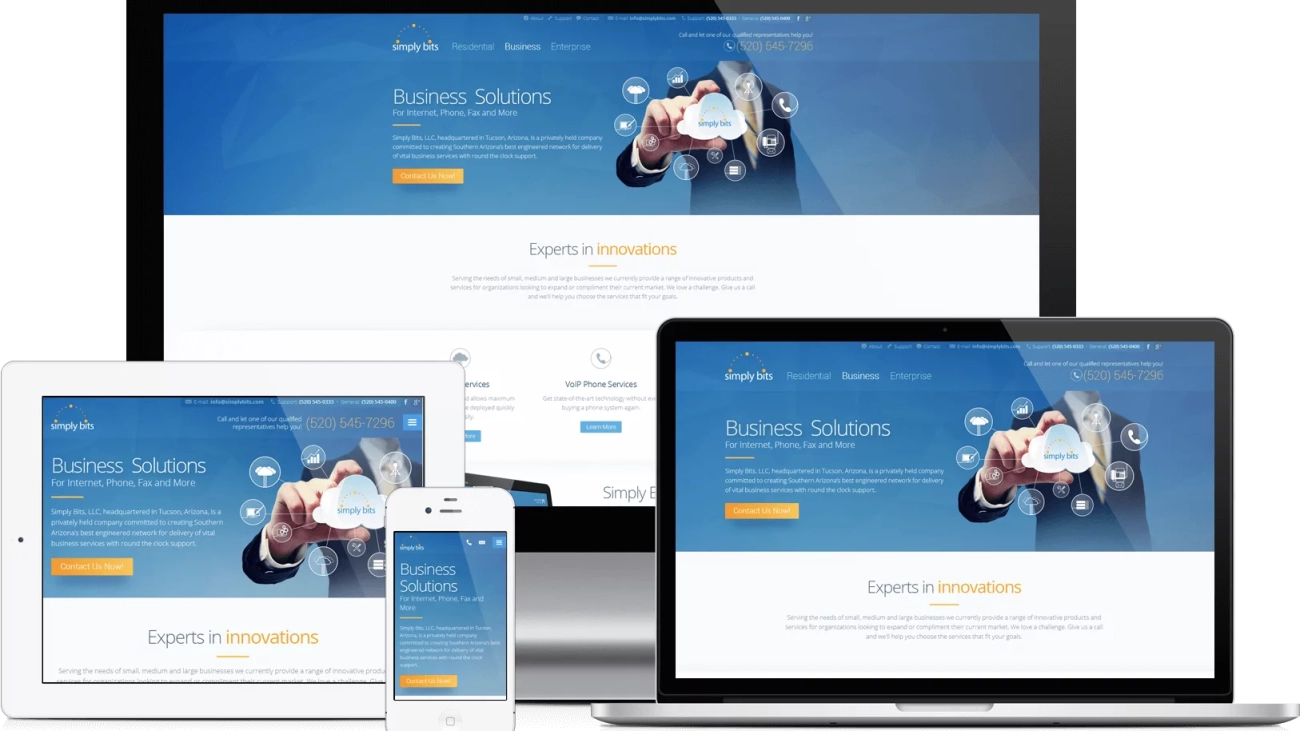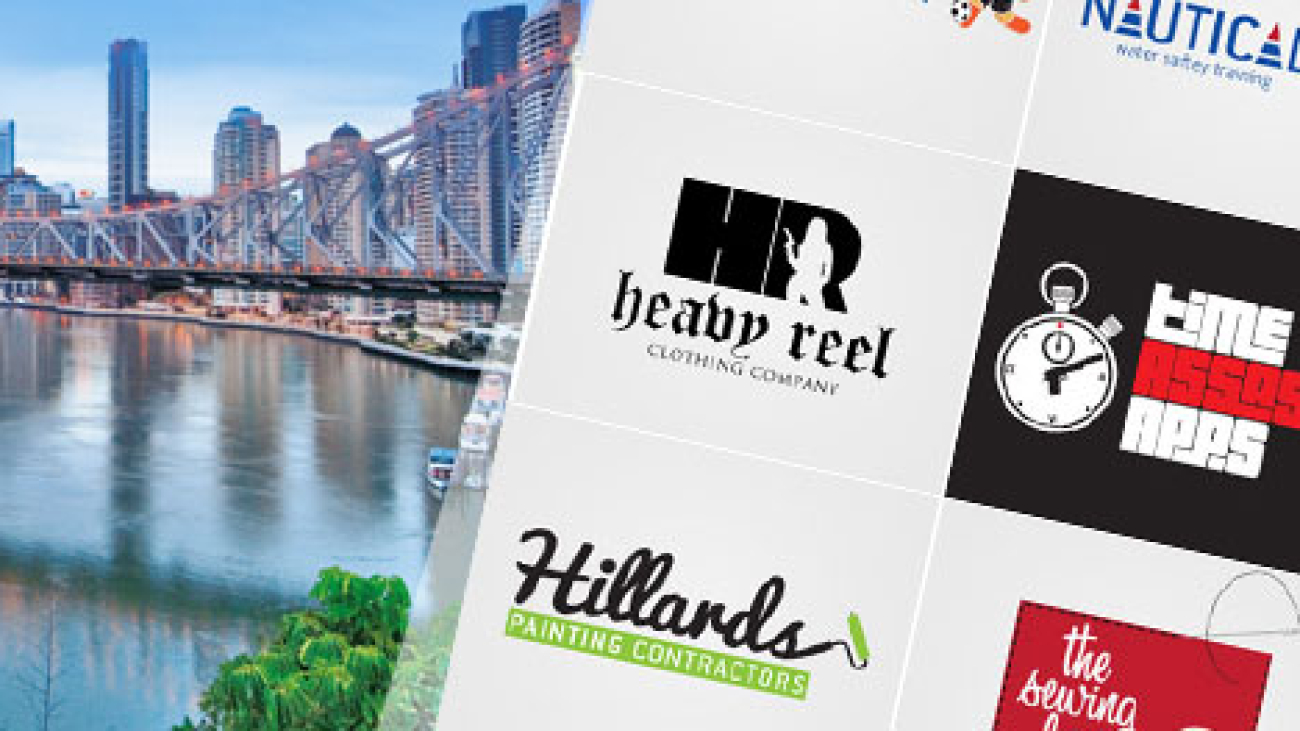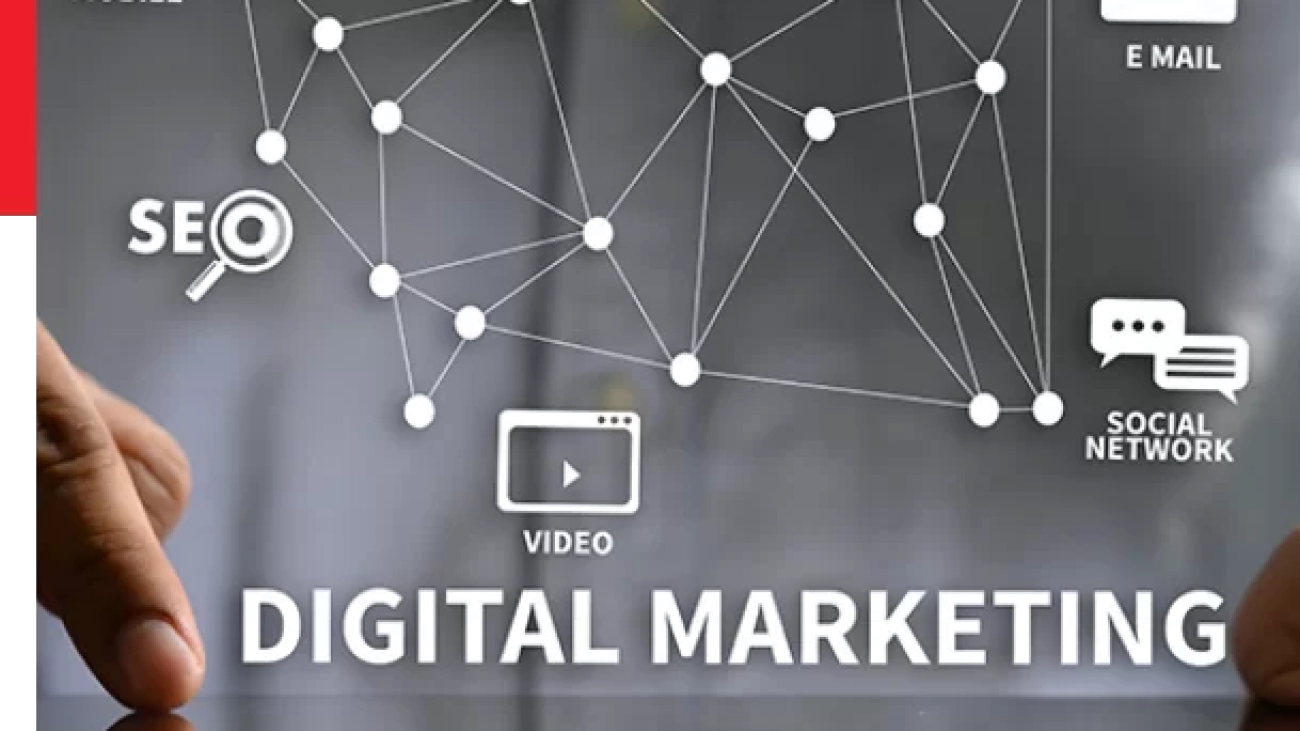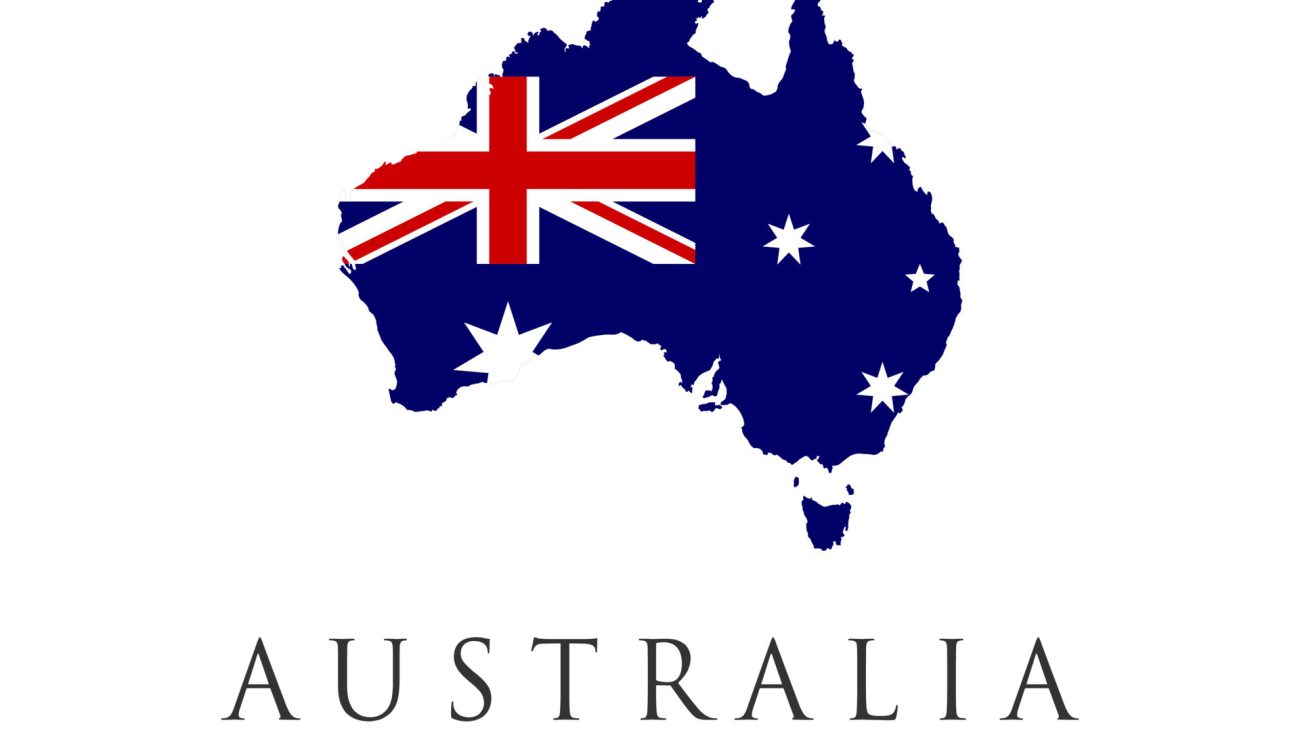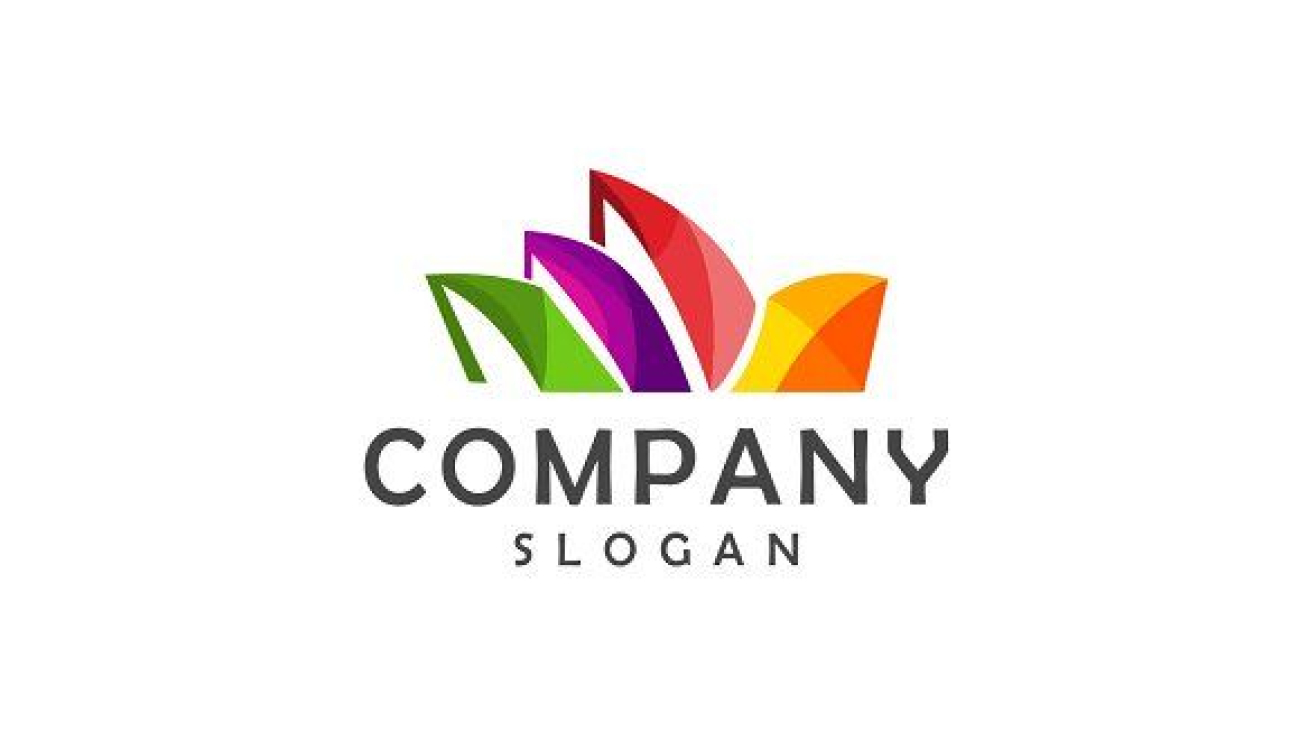In the bustling metropolis of Sydney, where the digital landscape intertwines seamlessly with everyday life, the importance of responsive design in maintaining brand consistency cannot be overstated. This article explores the dynamic relationship between responsive design and brand identity, offering insights into why businesses in Sydney need to prioritize a seamless online experience for their audience.
The Essence of Responsive Design in Sydney
- Adapting to a Mobile-Centric Culture
Sydneysiders, like many urban dwellers globally, have embraced the convenience of smartphones and tablets as integral parts of their daily routines. Responsive design, which ensures that websites function optimally across various devices, aligns perfectly with Sydney’s mobile-centric culture. From browsing for the best local coffee shop to engaging with e-commerce platforms, the Sydney audience expects a flawless experience, regardless of the device they use.
- Google’s Mobile-First Index and SEO Implications
With Google’s shift to a mobile-first index, responsive design has become not just a convenience but a crucial factor for search engine optimization (SEO). Websites that are mobile-friendly are favored by search engines, resulting in better rankings. In a city where competition is fierce across industries, maintaining high visibility on search engines is paramount for brand success.
The Sydney Challenge: Diverse Demographics and User Behavior
- Meeting the Needs of a Multicultural Audience
Sydney’s rich tapestry of cultures and demographics poses a unique challenge for businesses aiming to establish brand consistency. Responsive design ensures that the user experience remains uniform across various cultural and demographic segments. Whether a user is exploring a website in English or a community language, the design should adapt seamlessly, reflecting the inclusivity of the brand.
- Navigating Varied User Behavior
Sydney’s diverse population also means varied user behavior. Some may prefer desktop browsing during work hours, while others opt for mobile devices during commutes. Responsive design caters to these diverse user behaviors, ensuring that the brand message remains consistent regardless of the platform or time of day.
The Visual Identity: Consistency Across Devices
- Logo Adaptation for Different Screens
Maintaining brand consistency goes beyond just functionality. Visual identity plays a crucial role, with logos being a central element. Responsive design ensures that logos adapt gracefully to different screen sizes without compromising on clarity or impact. In Sydney’s competitive market, a recognizable and well-displayed logo is vital for brand recall.
- Color and Typography: Harmonizing Across Devices
Consistent use of colors and typography is a cornerstone of brand identity. Responsive design ensures that these elements harmonize across devices, providing a unified visual experience. A color scheme that resonates with Sydney’s vibrant lifestyle and typography that reflects professionalism can significantly enhance brand perception.
User Experience: Seamless Navigation and Engagement
- Effortless Navigation for Sydney’s Fast-Paced Lifestyle
Sydney’s fast-paced lifestyle demands websites that are easy to navigate. Responsive design, with its focus on user experience, ensures that websites load quickly and navigation remains intuitive. Whether a user is researching local services or making quick purchasing decisions, a seamless experience contributes to positive brand associations.
- Engagement Across Devices: From Desktop to Touchscreen
Engagement is not limited to desktops. Responsive design facilitates optimal engagement on touchscreen devices, where gestures and interactions differ from traditional desktop interfaces. This adaptability is crucial for businesses in Sydney seeking to connect with their audience through interactive and engaging content.
Building Trust: Consistency in Content Delivery
- Content Presentation for Readability and Engagement
Consistency in content presentation is paramount for building trust. Responsive design optimizes content delivery, ensuring that text, images, and multimedia elements are presented uniformly across devices. Whether a user is reading a blog post on a laptop or a smartphone, the content’s readability and engagement remain consistent.
- E-Commerce and Conversion Optimization
For businesses in Sydney’s thriving e-commerce landscape, maintaining brand consistency is directly tied to conversion optimization. Responsive design ensures that the e-commerce journey, from product discovery to checkout, is seamless across devices. A consistent and user-friendly experience fosters trust and encourages users to convert into customers.
Localizing the Experience: Geo-Targeting and Personalization
- Geo-Targeting for Location-Relevant Information
Responsive design allows businesses to incorporate geo-targeting, delivering location-relevant information to users. For a city like Sydney, where local nuances and events play a significant role in consumer behavior, providing personalized content based on the user’s location enhances the overall brand experience.
- Personalization: Understanding Sydney’s Preferences
Understanding and adapting to Sydney’s preferences is key for brand success. Responsive design enables businesses to incorporate personalization features, tailoring content based on user behavior and preferences. Whether recommending local events or showcasing products based on past interactions, personalization adds a layer of relevance that resonates with the Sydney audience.
Navigating Challenges: E-Commerce, Apps, and Third-Party Integrations
- E-Commerce Challenges and Solutions
For Sydney’s e-commerce businesses, responsive design addresses specific challenges related to product displays, checkout processes, and payment gateways. An optimized e-commerce experience across devices ensures that users can seamlessly browse, select, and purchase products, contributing to a positive brand perception.
- Responsive Design in Mobile Apps
Beyond websites, many businesses in Sydney leverage mobile apps as part of their digital strategy. Responsive design principles extend to mobile apps, ensuring a consistent user experience and visual identity. Whether accessed through a browser or a dedicated app, the brand’s essence remains intact.
- Integrating Third-Party Services
Sydney businesses often rely on third-party services for various functionalities, from payment processing to customer support. Responsive design ensures smooth integration with these services, maintaining consistency and functionality across the entire user journey.
The Future of Responsive Design in Sydney: Evolving with Technology
- Emerging Technologies: AR, VR, and Beyond
As technology continues to evolve, responsive design must adapt to new frontiers. Augmented Reality (AR), Virtual Reality (VR), and other emerging technologies are becoming integral parts of the digital experience. Brands in Sydney should prepare for the integration of these technologies while ensuring that the core principles of responsive design are maintained.
- Voice Search and AI Integration
Voice search is gaining popularity, especially with the rise of virtual assistants. Responsive design should consider the nuances of voice-based interactions, optimizing content for voice search queries. Integration with Artificial Intelligence (AI) for personalized recommendations and interactions is another frontier where responsive design will play a crucial role.
Conclusion: Harmonizing Brand Consistency in Sydney’s Digital Landscape
In the ever-evolving digital landscape of Sydney, responsive design stands as a beacon for businesses seeking to harmonize brand consistency across devices. From adapting to diverse user behaviors to presenting a visually cohesive identity, the principles of responsive design are integral to a brand’s success in this vibrant city. As technology continues to advance, businesses must embrace responsive design not as a trend but as an ongoing commitment to delivering exceptional experiences to the diverse and dynamic audience that defines Sydney’s digital ecosystem. In the intersection of technology and brand identity, responsive design is the bridge that connects businesses with their audience, ensuring a seamless and consistent journey in the digital realm.

